From Basil to Oregano: A Hilariously Spicy Journey Through Italian Food Herbs and Spices
Welcome, spice adventurers! If you’ve ever stared at a shelf of herbs and spices and thought, “Wait—is that oregano or thyme? Did I just sprinkle basil on my spaghetti or was that dill?” then this is the article for you. Today, we’re diving into the world of Italian food spices, where aroma meets flavor in a symphony of culinary delight.
Whether you're a seasoned home cook or someone who’s just discovered that rosemary isn’t a hair color, this guide will walk you through the essential spices of Italian cuisine with a few laughs along the way.
Table of Contents
- Introduction
- Top 5 Must-Have Italian Spices
- Spice Secrets from Italian Grandmas
- Pro Tips for Using Italian Spices Like a Pro
- Oregano vs. Basil: What’s the Difference?
- Common Spice Mistakes (And How to Fix Them)
- Conclusion
Why Italian Spices Are the Unsung Heroes of Flavor
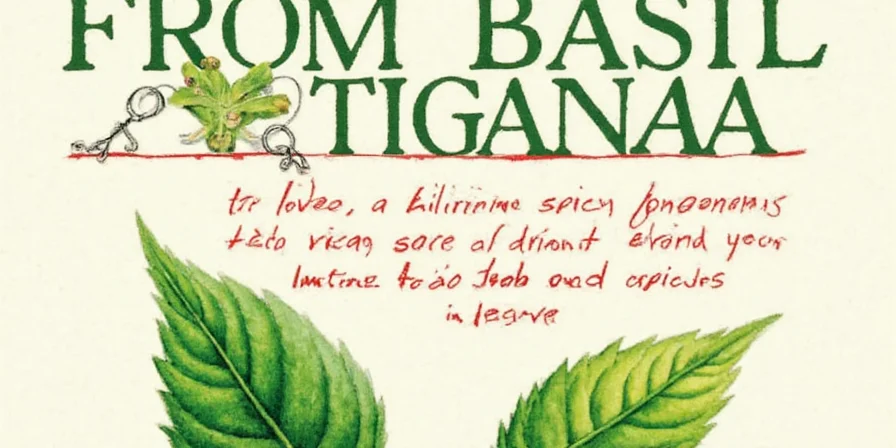
Italian cuisine may be famous for pasta, pizza, and gelato, but let’s not forget the MVPs—the spices. These humble little jars are what transform simple ingredients into something magical. Think about it: without oregano, your marinara might as well be ketchup. No garlic powder? Your bruschetta is missing its soulmate.
But here’s the thing—using Italian spices isn’t just about throwing them into any dish and hoping for the best. There’s an art to it. And today, you’ll become a master of that art. Let’s get started!
Top 5 Must-Have Italian Spices Every Kitchen Should Have
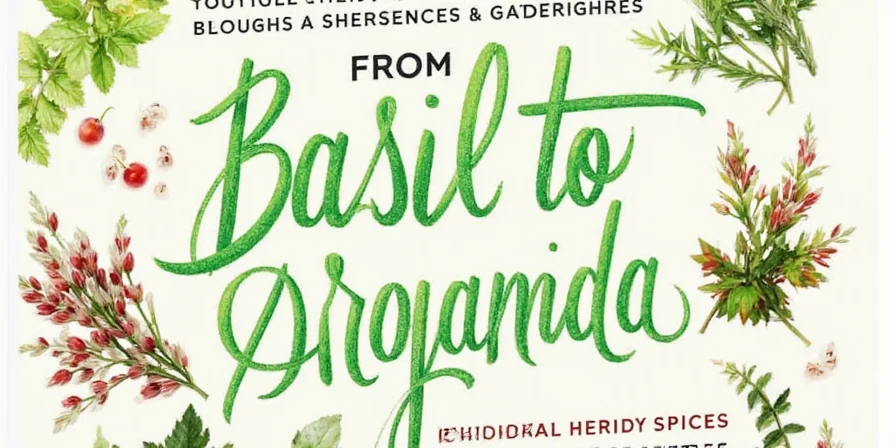
- Basil: The green darling of Italian cuisine. Fresh or dried, basil brings that sweet, peppery freshness to everything from pesto to pasta sauces.
- Oregano: This earthy, slightly bitter herb is a staple in tomato-based dishes. It’s the backbone of many southern Italian recipes, especially pizzas and pastas.
- Rosemary: Fragrant, pine-like, and incredibly potent. A little goes a long way—especially when roasting meats or baking focaccia.
- Thyme: Versatile and subtle, thyme adds a savory depth to soups, stews, and roasted vegetables. Perfect for adding that ‘something extra’ without overpowering other flavors.
- Fennel Seeds: Not just for chewing after dinner. Fennel seeds add a mild licorice note to sausage dishes and breads like ciabatta.
Spice Secrets from Italian Grandmas (Nonnas Know Best)
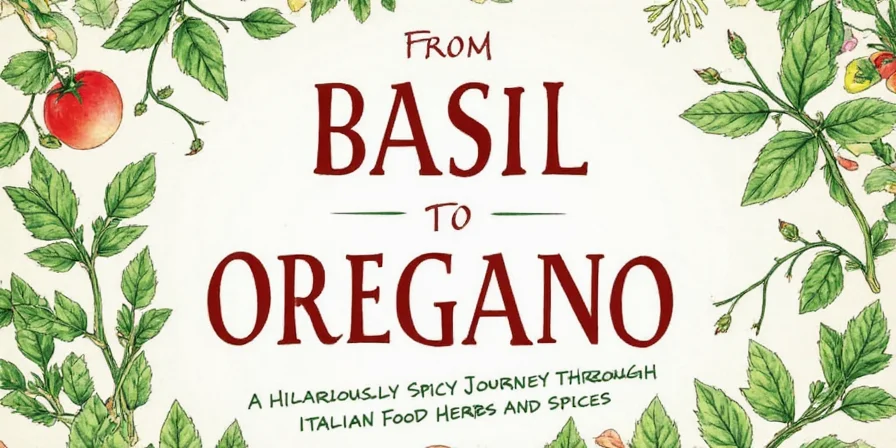
There’s no better teacher than an Italian Nonna in her kitchen. They’ve been perfecting their craft for decades, and they’ve got some golden rules when it comes to spices:
- Add spices early: Especially in slow-cooked dishes like ragù, allowing the spices to bloom in oil before adding liquids unlocks their full potential.
- Dry rub meats first: Whether it’s chicken cacciatore or porchetta, seasoning meat ahead of time lets the flavors penetrate deeply.
- Don’t overdo it: Italians use spices to enhance, not mask. So go easy unless you want your lasagna to taste like a Christmas tree.
- Fresh vs. dried: When using fresh herbs like basil or parsley, add them at the end to preserve their vibrant flavor. Dried herbs are best added earlier to release their oils.
Pro Tips for Using Italian Spices Like a Pro
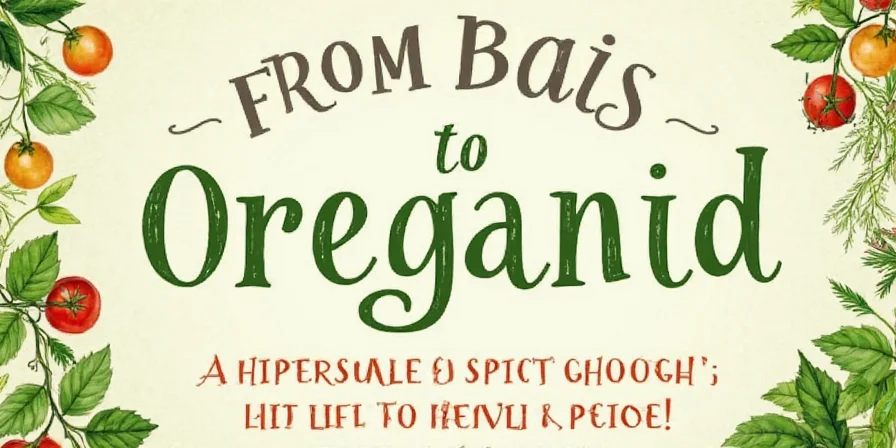
Ready to level up your spice game? Here are some tips even Julia Child would approve of:
- Toast your spices: Briefly toast fennel seeds or crushed red pepper flakes in a dry pan to awaken their aromatics before adding to your dish.
- Make your own blends: Create signature mixes like 'Italian Herb Blend' (oregano + thyme + rosemary) or 'Red Crush Mix' (crushed red pepper + garlic powder + paprika).
- Use salt strategically: Salt enhances the natural flavors of spices. Add it in layers to avoid making your dish too salty later on.
- Store smartly: Keep spices in airtight containers away from heat and sunlight to preserve potency and flavor. Replace every 6–12 months.
Oregano vs. Basil: What’s the Difference?
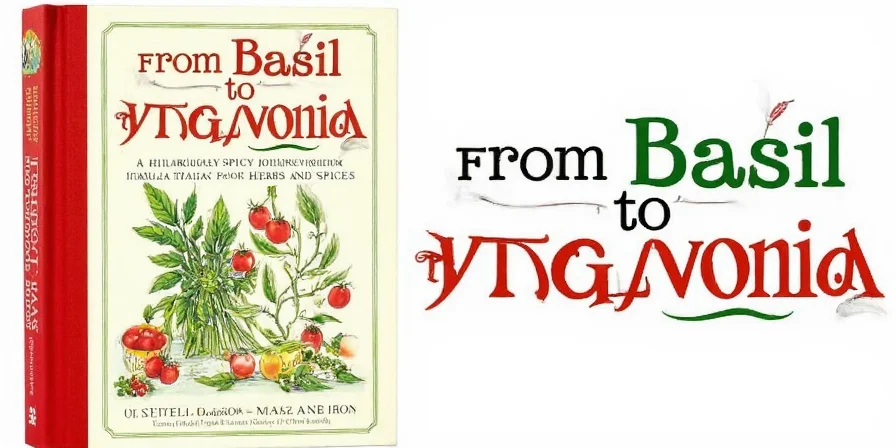
One smells like summer nights; the other tastes like rustic countryside meals. But what really sets oregano and basil apart? Let’s break it down:
| Feature | Oregano | Basil |
|---|---|---|
| Flavor Profile | Earthy, slightly bitter, aromatic | Sweet, peppery, fresh |
| Best Used In | Pizza, tomato sauces, grilled meats | Pesto, caprese salad, fresh pasta |
| Fresh vs. Dried | Dried often preferred for cooking | Fresh is best for vibrancy |
| Complements | Mushrooms, olives, chili flakes | Mozzarella, tomatoes, lemon zest |
Common Spice Mistakes (And How to Fix Them)
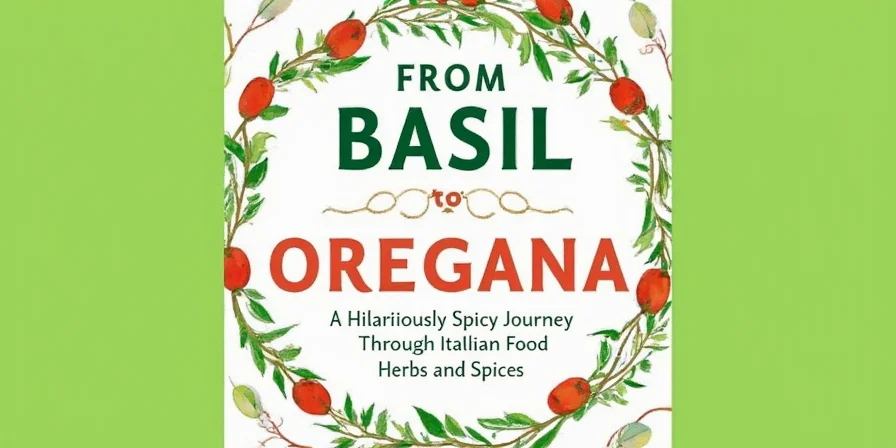
We’ve all been there. You throw in a handful of rosemary, and suddenly your meal tastes like a forest. Here are some common blunders and how to fix them:
- Too much spice?: Balance with acid (lemon juice, vinegar) or dairy (cream, cheese) to mellow things out.
- Under-seasoned?: Rescue bland dishes by stirring in a pinch of salt, a dash of red pepper flakes, or a drizzle of infused olive oil.
- Old spices?: Dull flavors mean it’s time to replace your stash. Spices don’t expire, but they do lose potency over time.
- Wrong spice?: Accidentally used thyme instead of sage? Don’t panic—it’s usually not fatal. Taste and adjust accordingly.
Conclusion: Embrace the Spice Life
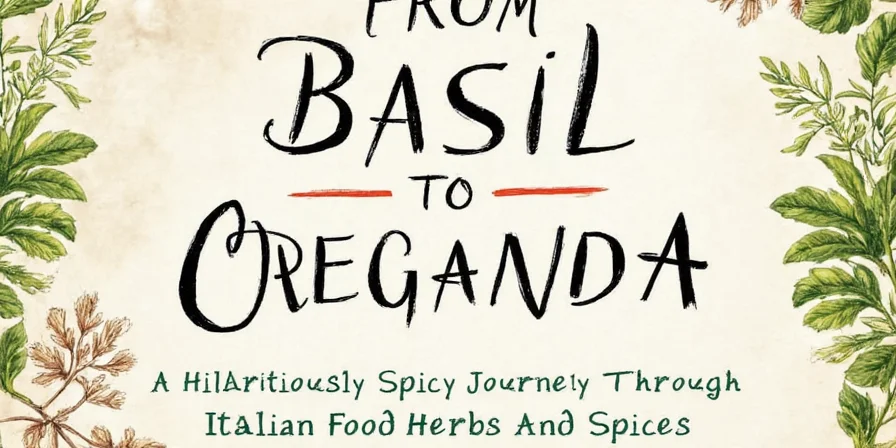
Italian food spices are more than just pantry staples—they’re the essence of flavor in one of the world’s most beloved cuisines. From the fragrant fields of Tuscany to the bustling kitchens of Naples, these spices bring joy, warmth, and authenticity to every bite.
So whether you’re simmering a Sunday sauce, grilling eggplant Parmesan, or simply sprinkling some fennel seeds on focaccia, remember: the right spice can turn a good dish into a great one. Now go forth, season boldly, and make your next meal smell like Italy!
Remember, folks—spice is life, and life should never be bland.










 浙公网安备
33010002000092号
浙公网安备
33010002000092号 浙B2-20120091-4
浙B2-20120091-4